Search the Community
Showing results for tags 'research'.
-
Hi there, has anyone here used geophysical surveys to define a buried river chanel?
-
Finally got to hunt an old home site yesterday evening. The elderly gentleman had given me permission to hunt all his property and he had kindly given me a little history of the different home site that were on the property. I listen intently to every word to obtain as much information as possible of each locations. One of the sites was a home assembled using wooden pegs. He proceeded to explain that he tore the home down and burned the balance then proceeded to get a dozer to grade the property and fill in with dirt. He did explain that anything there would be over a foot deep and he was correct, I couldn’t find anything that would date the property to the early 1800’s. The second site I hit yesterday and even though I didn’t find any nice relics I had a lot of fun just hunting. Moving around in the area I noticed a section where the Equinox would give many false high tones. Knowing this usually meant iron I opened up the screen and every sweep revealed multiply low tone iron signals. After a while I decided to start digging these low tones that gave an ID of -3 and found my answer, cut nails. Wow, that means I’m on an old site, yes, excitement overwhelmed me for a few minutes. Noticed the Ole man walking up the field to where I was I waited for his arrival. Knowing he would have more to say and the very first thing out of his mouth was, “have you dug any cut nails yet?” My answer, yes sir and handed him one and the story unfolds more detail of the site. He said when he was a child there was only a few foundation rocks left of this house, no wood but only the rock foundation. That was 80 years ago and he estimated the site may have been 200 years old. At that point I got extremely excited at what might be here until the very next statement from the gentleman. “Mark, I had the site leveled many years ago.” “But I pushed all the dirt to level the lot in one direction and I would guess your best bet of finding anything would be along the banks of the hill.” Well, yet another let down, a site dozed, that destroys the originality of where and what could have been found. But I’ll continue to hunt while I can and digging cuts nails is still fun. "Nails provide one of the best clues to help determine the age of historic buildings, especially those constructed during the nineteenth century, when nail-making technology advanced rapidly. Until the last decade of the 1700s and the early 1800s, hand-wrought nails typically fastened the sheathing and roof boards on building frames. These nails were made one by one by a blacksmith or nailor from square iron rod. After heating the rod in a forge, the nailor would hammer all four sides of the softened end to form a point. The pointed nail rod was reheated and cut off. Then the nail maker would insert the hot nail into a hole in a nail header or anvil and form a head with several glancing blows of the hammer. The most common shape was the rosehead; however, broad "butterfly" heads and narrow L-heads also were crafted. L-head nails were popular for finish work, trim boards, and flooring. Between the 1790s and the early 1800s, various machines were invented in the United States for making nails from bars of iron. The earliest machines sheared nails off the iron bar like a guillotine. The taper of the shank was produced by wiggling the bar from side to side with every stroke. These are known as type A cut nails. At first, the heads were typically made by hand as before, but soon separate mechanical nail heading machines were developed that pounded a head on the end of each nail. This type of nail was made until the 1820s. By the 1810s, however, a more effective design for a nail making machine was developed; it flipped the iron bar over after each stroke. With the cutter set at an angle, every nail was sheared off to a taper. With the resulting nails thus all oriented in the same direction, it became possible for the same machine to automatically grip each nail and form a head in a continuous mechanical operation. Nails made by this method are known as type B nails. Cutting the nails leaves a small burr along the edge as the metal is sheared. By carefully examining the edges for evidence of these burrs, it is possible to distinguish between the earlier type A nails and the later type B nails. Type A nails have burrs on the diagonally opposite edges, while the type B nails have both burrs on the same side because the metal was flipped for each stroke. This kind of evidence can be used to establish the approximate period of construction or alteration of a building. Type B cut nails continued to be the most common through most of the greater part of the nineteenth century. With the rapid development of the Bessemer process for producing inexpensive soft steel during the 1880s, however, the popularity of using iron for nail making quickly waned. By 1886, 10 percent of the nails produced in the United States were made of soft steel wire. Within six years, more steel-wire nails were being produced than iron-cut nails. By 1913, 90 percent were wire nails. Cut nails are still made today, however, with the type B method. These are commonly used for fastening hardwood flooring and for various other specialty uses."
-
Steve has listed many valuable USGS books, publications and other items for you to obtain or find in a library so you can see where gold was found..This makes decisions so much easier about areas you might be interested in.. One bit of advice that I learned from these publications and I have had most of them for years for I studied the ones I was interested in carefully ... I soon realized these old time geologists that traveled to these sites many times on horseback is this, they were very thorough in their investigations... The language they used to describe what they saw made me realize this was the info I needed to successfully use a Detector in that area.. These words that you are looking for are Coarse, Shotty, Rough, Nuggety Heavy Etc..These are areas that contain gold that can easily be found by a persistent hunter.. Good Luck, Good Hunting and Never give up.....
-
Research is a lot better now, because when you run across an interesting piece of info you can take a picture and you have that forever... Libraries and old old history books with maps in them are goldmines..Check them out, take photos and you can research areas that you find that pertain to your interests... Case in point I found a very interesting map with a lot of potential nugget hunting and possibly some coin shooting spots, I wrote this info down thinking I could find these places on modern maps I already had.. Well I discovered that new maps have new names and the old info doesn't exist.. Fortunately for me when I went back to the USGS they happened to have that particular item for sale so I was able to do some transposing with my own copy..You can do this anywhere in the US .In the 70s I used to go in May to this annual treasure meet in Nebraska.. During the winter I used maps and library loan books with maps to locate sites of old near the town where the meet was held.. Dang I thought I was in Silver heaven. OLD MAPS....
-
Version 1968
274 downloads
Principal Gold Producing Districts of the United States by A. H. Koschmann and M. H. Bergendahl (USGS) 1968 USGS Professional Paper 610, 30.66 MB pdf file, 290 pages A description of the geology, mining history, and production of the major gold-mining districts in 21 states. Gold Panning, Sluicing, Dredging, Drywashing Forum -
Version 1973
67 downloads
Placer Gold Deposits of Utah by Maureen G. Johnson (USGS) 1973 USGS Bulletin 1357, 1.94 MB pdf file, 32 pages A catalog of location, geology, and production, with lists of annotated references pertaining to the placer districts of Utah. Gold Panning, Sluicing, Dredging, Drywashing Forum -
Version 1972
72 downloads
Placer Gold Deposits of New Mexico by Maureen G. Johnson (USGS) 1972 USGS Bulletin 1348, 3.17 MB pdf file, 50 pages A catalog of location, geology, and production, with lists of annotated references pertaining to the placer districts of New Mexico. Gold Panning, Sluicing, Dredging, Drywashing Forum -
Added to the Free Books section of the Downloads area.... Placer Deposits of Alaska by Edward H. Cobb (USGS) Placer Examination Principles And Practice by John H. Wells (BLM) Placer Gold Deposits of Arizona by Maureen G. Johnson (USGS) Placer Gold Deposits of Nevada by Maureen G. Johnson (USGS) more soon.....
-

Gold Mining In Nevada County, Califonia
Steve Herschbach posted a topic in Detector Prospector Forum
I accidently tripped over this little pdf pamphlet while doing research..... https://www.nevadacitychamber.com/images/gold_mining.pdf -
-
Land Matters updated their Mining Claim Maps this past Wednesday. Although the LR2000 has been shut down Land Matters gets their data directly from the main BLM database in Denver. This mining claims update is only current until the gov shutdown on December 21st. We've been updating these maps twice a month for more than 4 years now. There have been some really big changes in Arizona this past month with a lot of ground opening up in some very good areas. A lot of the newly closed claims were old, from the 1930's and later so this isn't just the usual end of year churn. On a related subject the LR2000 went live again today. I guess the new boss told them to flip the switch? It did seem petty to take it down during the shutdown since the servers are already paid for.
-
For those that get the ICMJ, Norm aka Klunker wrote a fine article in the most recent issue. Very funny, of course! For about 10 cents (American) a day you could be getting these articles thanks for the laughs, Klunker fred
-
I just came across this Book "Forgotten Coins of the North American Colonies" on eBaySo I decided to buy it with the CD. It just arrived yesterday and I am floored at this extensive study of colonial counterfeits, the book is nearly 1" thick and the coins are reproduced over sized, it a great inexpensive reference guide, and an in-depth education into how raw it was to have to manage during those early years
-
"The Portable Antiquities Scheme's database holds records of archaeological finds discovered by members of the public. These are found while carrying out a wide range of activities including metal-detecting. Our first record was made in 1998, the half-million mark was reached in March 2010, and our millionth object, a Roman coin from the Seaton hoard, was recorded in September 2014. Our database is easy to search, and your search results can be filtered to find just the data you want. You can find tips on searching the database here. Our records are available with differing levels of information, depending on your user account. The Scheme is very willing to give research access to researchers who register with us for higher-level access. An ever increasing body of research is now being conducted on our collated data, enabling some very high-calibre work with great success in obtaining AHRC and other sources of funding. We do not record details of objects found by professional archaeologists (details of these can be found by contacting your local Historic Environment Record) but we do occasionally incorporate data recorded by other institutions. In March 2010 we added the records of the Oxford University Celtic Coin Index (CCI- prefix) and Cardiff University's Iron Age and Roman coins of Wales project (IARCW- prefix). These records complement the data that the Scheme collects itself, but the information has been imported from a different data model, so images and inscriptions are not always available. We do not have access to the objects to improve this situation. Most of our images are available under a CC-BY licence. We encourage people to use our data and images as widely as possible. Enjoy!" Visit the website
-
The Tesoro Metal Detector Information Magazine was last published in 2010. It has lots more than just descriptions of Tesoro metal detectors. From the forward: WELCOME to the 22nd edition of the Tesoro Electronics’ Metal Detector Information (MDI) magazine. The MDI has been a thirty-year journey to share stories, provide field tests, and guide customers to the metal detectors that satisfy their hunting needs. This MDI has a slightly different format. While we still have many guidelines and a few stories, we are reprinting field tests for all the available Tesoro products. These are field tests from previous MDI’s or other sources, so you will see “reprint of” by most of the bylines. We hope that these field tests will help with your selection of Tesoro products, whether you are looking for your first machine or your latest upgrade." and the table of contents: Do You Have A Question?—by James Gifford ................................4 Pieces of History—by Mike Harvey .................................................11 Lobo SuperTRAQ Field Test—by Chris Gholson ..........................12 Lil’ piece of El Dorado—by Sherry Spalding ................................15 Compadre Field Test—by Gordon S. Gibson.................................16 Silver Umax Field Test—by Ron Barnes.........................................18 Cibola Field Test—by Ron Barnes ..................................................20 Vaquero Field Test—by Ben Meyers ...............................................22 Tesoro Metal Detectors .....................................................................26 Lord of the Rings—by Ken Dewerson ............................................36 Sand Shark Field Test—by Ben Meyers..........................................37 Tiger Shark Field Test—by Andy Sabisch ......................................40 DeLeon Field Test—by Ron Barnes ................................................42 Golden Umax Field Test—by Joe Patrick .......................................44 Cortes Field Test—by Michael O. Smith .........................................46 Hawkeye —by Ben Marshall.............................................................49 Recommended Recovery Methods-by Robert H. Sickler .............50 Tesoro Metal Detector Comparison Chart ......................................51 Can You Choose the Right Detector?—by Casey Stern...............52 Tesoro Does It Again—by Robert Terry .........................................54 Tejon Field Test—by Andy Sabish...................................................55 Treasure Hunter’s Glossary-Adapted from W&E Treasures ........58 Metal Detectorist’s Code of Ethics..................................................60 Tesoro U.S. & International Distributors.........................................61 Tesoro Authorized Dealers...............................................................62 The magazine is still available for download here and as a freebie is well worth the addition to anyone's metal detecting library. You can find more free books at this websites Metal Detecting & Prospecting Library.
-
-
Hello all! I can not seem to find a copy to purchase of the 8th Edition of Jim Straight's Follow the Drywashers Vol 3. The Nuggetshooters Bible. I have the 6th Edition and I would like to see what has been updated and added since. I have heard there are over 40 new pages of material! The other book that I have been wanting to read is Larry Sallee's The Complete Unabridged Zip Zip! I just can not afford the $200 price tag on this book nor do any libraries have it. I was wondering if anyone would be kind enough to let me borrow their copies. I would only need it for a couple weeks. I would pay for shipping both ways (PayPal friends), I could even put a deposit down or something. Would anyone be willing to give a hand? Thank you!
-
At the ICMJ we've decided to post a free issue of the prospecting and Mining Journal magazine on the internet for any new folks who are around to see what it is. (Also experienced prospectors who are wondering about the magazine). We have up to date articles about how to get more gold in your prospecting, legal issues and the best equipment out there for finding gold. If you have any interest in prospecting, this is the magazine you will the most learn from. I may be a little biased as I'm the assistant Editor, but on the other hand I've been getting this magazine since the late 1970s and its always been a lot of fun. Take a look, I think you'll be glad you did. I you want to subscribe, the subscription info is on the inside of the last page. Its worth not missing a single issue. https://www.icmj.com/resources/news-and-events/miners-news/free-online-sample-issue-392/
-
Hello all! I can not seem to find a copy to purchase of the 8th Edition of Jim Straight's Follow the Drywashers Vol 3. The Nuggetshooters Bible. I have the 6th Edition and I would like to see what has been updated and added since. I was wondering if anyone would be kind enough to let me borrow their's. I would only need it for a couple weeks to compare. I would pay for shipping both ways (PayPal friends), I could even put a deposit down or something. Would anyone be willing to give a hand? Thanks!
-
Steve have you ever read the book "Gold Camp". It is about the gold rush of Virginia City, MT., Bannack, MT., and Alder Gulch, Henry Plummer and his Road Agents who robbed all the miners in the territory and the inception and begining of the Vigilanties. You would love this book and so would everyone else. This story would make for an amazing epic gold rush movie and the colorful people who lived thru it. Look it up if you can't find it I will find the book in my room and get you the authors name.
-
The Minelab Equinox Series "From Beginner to Advanced" by Clive Clynick is the first book available about the new Minelab Equinox metal detectors. The 8.5" x 5.5" format book is 111 pages of densely packed information that is intended to help new Minelab Equinox owners get the best out of their new detectors. The early part of the book relies of screen shots to illustrate the various controls on the detector, and then switches to hand drawn pictures to illustrate various concepts described in the book. In this day and age of slick graphics the hand drawn images lend a "homemade" feeling to these books. That is indeed probably the case since the book is in the "fold and staple spine" format favored by those printing books at home. I can't really fault Clive for using the hand drawn images however. A picture does often easily get across some idea that might be very difficult to describe in writing. I personally can sketch out a useful image quite easily, but turning that sketch onto a slick computer generated diagram can be time consuming. In the end the hand drawn sketches get the idea across, and that is what matters most. The first roughly 40 pages of the book basically go over the controls, adding some details not found in the owner's' manual. The real meat is in the last 70 pages of the book. Clive goes into great detail emphasizing important details about the Minelab Equinox meter and audio characteristics. There is a lot of information here about how to use the Equinox features along with good handling skills to get the best performance possible out of the Equinox. The book has an emphasis on coin and jewelry detecting both on dry land and beach. I therefore think the book will be of most use to people looking for information more specific to these subjects. Information specific to relic detecting or nugget hunting in particular is more in passing while discussing coin and jewelry detecting. Much of the information presented does assume basic detecting knowledge along with basic knowledge from the Equinox owner's manual. Clive tries to avoid repeating information already found in the owner's manual, and so from this perspective I would rate this book as being applicable for detectorists with moderate to advanced detecting skills. People who are totally new to detecting may feel in a bit over their heads initially. That is fine because any detecting book worth having usually needs more than one reading. Things that do not sink in at first make more sense after getting some hours of experience before they "click". The book may be challenging for true beginners on the first go, but that is because there is meat here to satisfy more advanced operators. Anyone that perseveres with fully understanding the information in this book will no longer be a beginner, and the good thing is the skills learned will apply to many other high performance metal detectors. The bottom line is I recommend this book for people looking for information that goes far beyond what is offered in the Equinox Owner's Manual, and which is of primary interest to coin and jewelry hunters. Clive is an accomplished writer with several titles to his credit that qualify as "classics", especially as regards jewelry detecting. Visit his website at http://www.clivesgoldpage.com/ to see all the titles he currently has available.
-
Last week I responded to a topic on Jim Straight's bibliography and got thinking that I would like to ask everyone out there what there favorite "Advanced" books are. I am not talking about the book that tells you to keep your coil level and low, or dig here books. Books that give methods, techniques, or other tips that you don't really know about until you go out and learn them on your own. (An example for me would be that I never really knew about raking an area and removing a layer of dirt to get even deeper, but after reading that it completely makes sense.) Other books that would be good are geology, geomorphology and hyrdogeology for "detectable nuggets." Sure we can use USGS and State GeoSurveys to find areas that have gold, but a lot of gold out there is fine and undetectable, I want books (pubs) on the formation of nuggety gold!. I haven't really seen or been able to research any info like that. I do have the basic grasp, but I love to read in the offseason and learn as much as I can to help on the hunt, plus I am ready for some advanced reading. Kind of sucks to skim through the first half of a book because it only talks about how to swing a detector Tell me your Favorites! Lets make a list! So far on the list: Fists Full of Gold: A complete Guide to the Art of Prospecting: How You Can Find Gold in the Mountains and Deserts. (Chris Ralph) The Complete unabridged Zip Zip (Larry Sallee) DFX Gold Methods: Finding Gold Jewelry with the Whites DFX E series TM Metal Detector. (Clive Clynick) Treasure Hunting Manual Vol 7 (Von Mueller) Tom Dankowski's 5th Edition Fisher Intelligence booklet. (Tom Dankowski) CoinShooting I, II, and III. (Glenn Carson) Advanced Nuggetshooting - How to Prospect for Gold with a Metal Detector.
-
Hi, know that this is not Minbelab specific but what is the most informative/interesting magazine for me to order
-
And so my research led me to LIDAR (Light Detection and Ranging) in the UK. Its incredible! Some sites are just reworked modern changes, but roman/medieval furrows are unmistakable, so are forts, mounds and village earthworks. Currently im scanning the landscape all around my area (within a 15 mile range at the moment). That's why i'm loving this hobby, because its not all about the cool detectors, the kit, the fun, the challenge and the exercise, but also much more about deep research, which involves a lot of thinking, and true history we can touch. Its got a lot going for it that's for sure! But i'm preaching to the converted i suppose ? The hobby has it all! and LIDAR is just one more tool in the research arsenal. For other noobs like me, give it a try, its an excellent resource. Happy detecting, Andy.



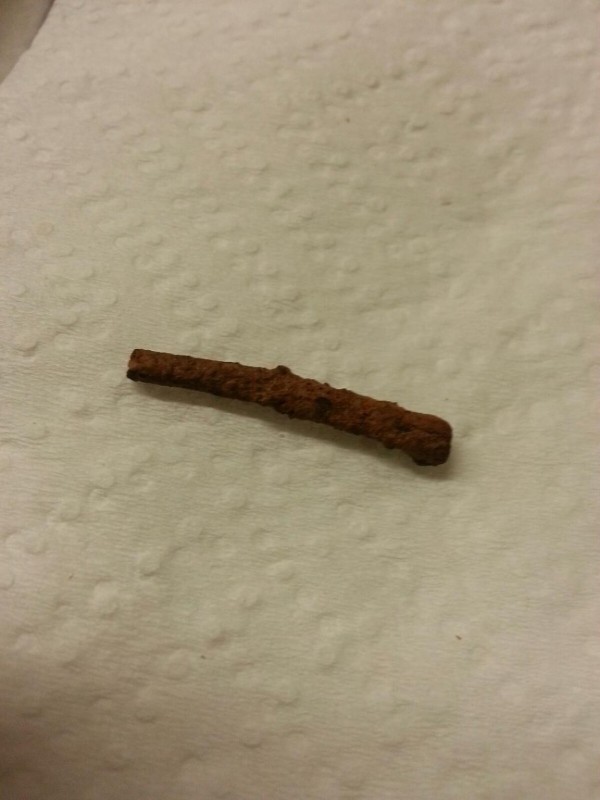
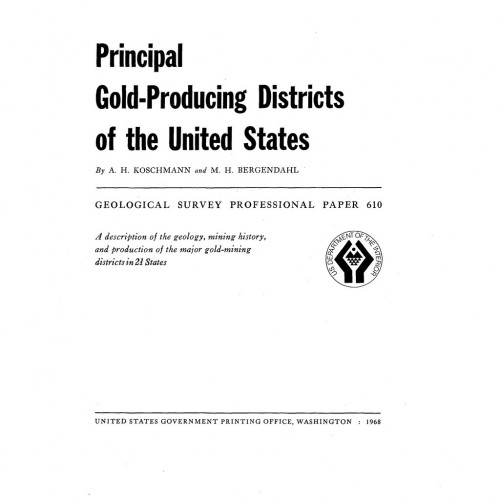
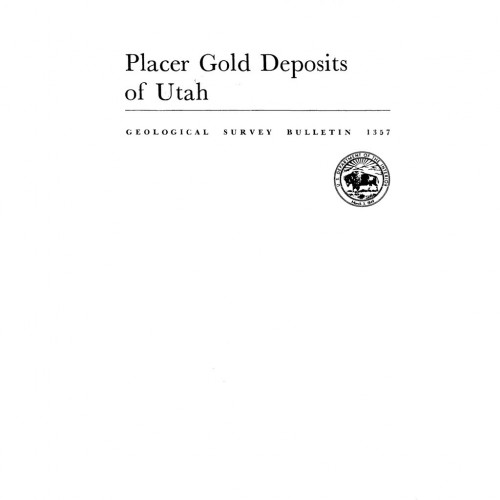
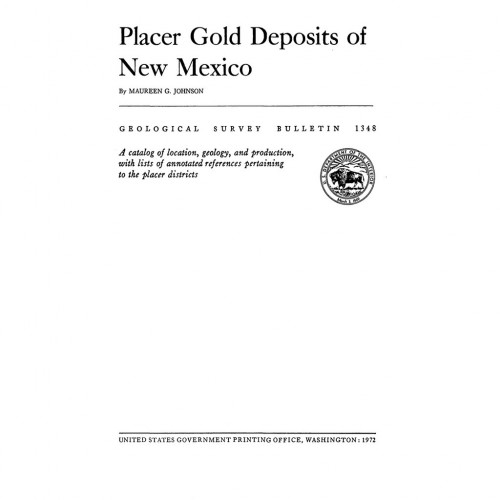
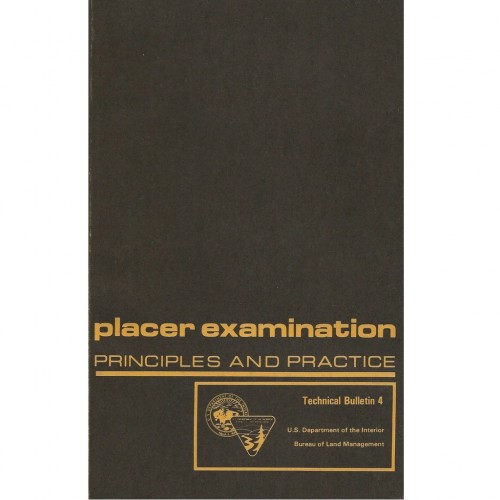


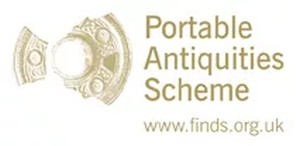


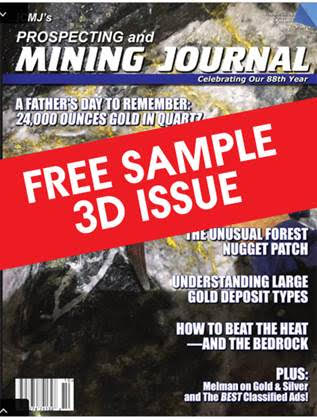
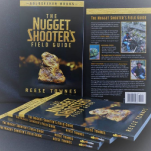
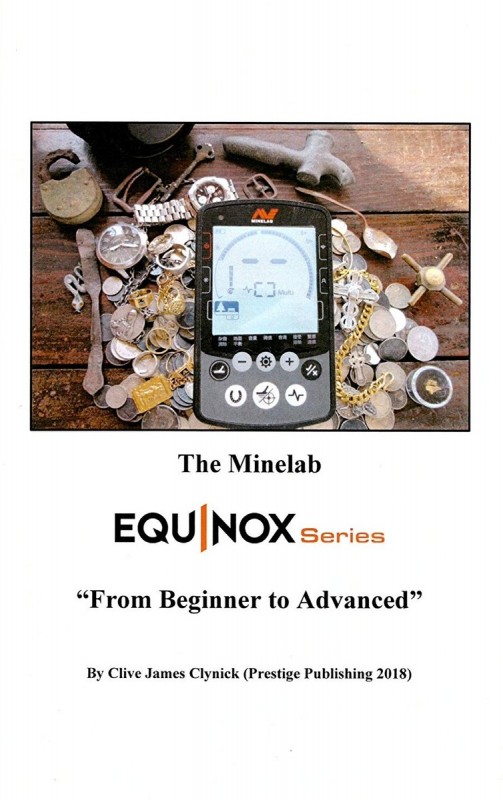
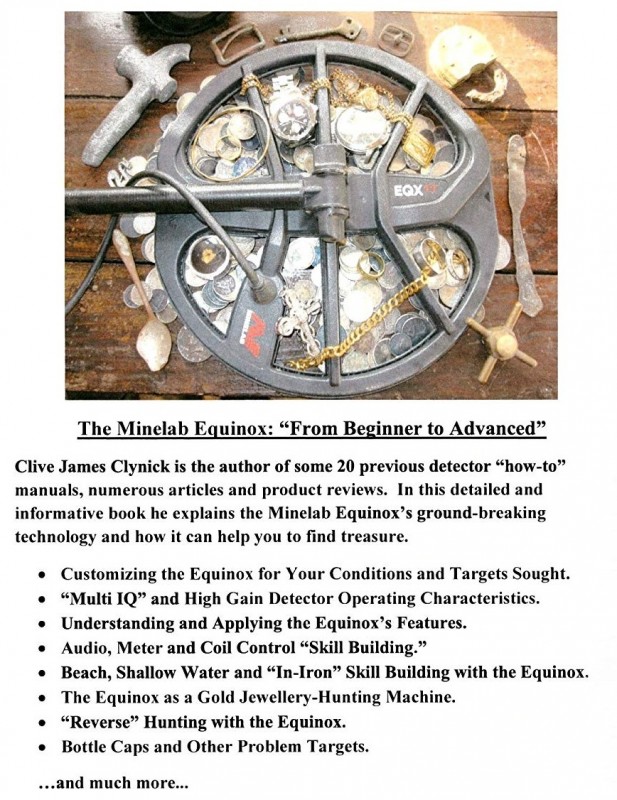
.thumb.jpg.13740cd6abe45f493193ed39c27f67fd.jpg)